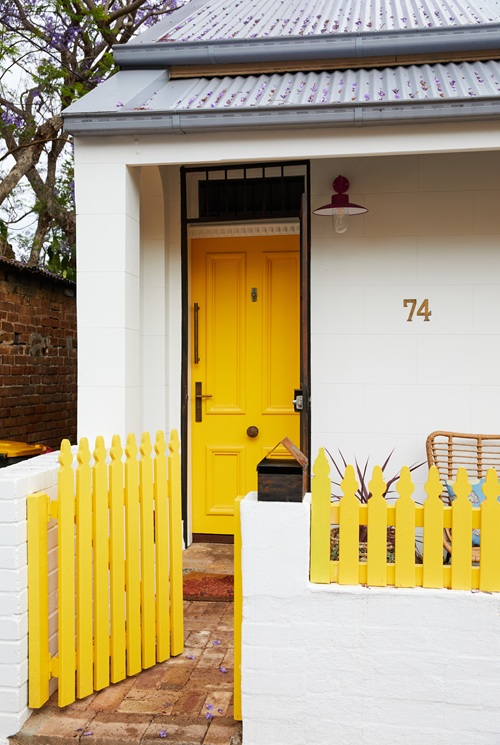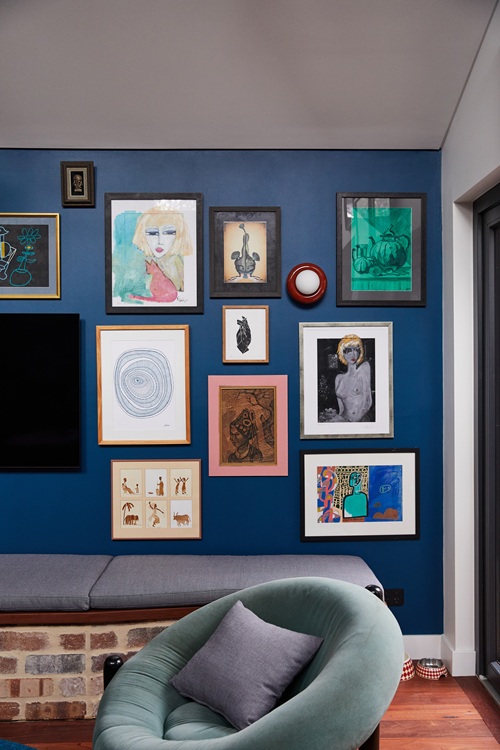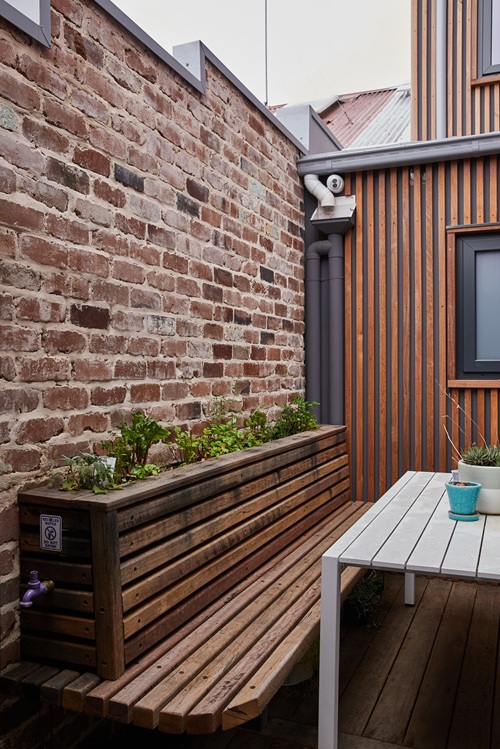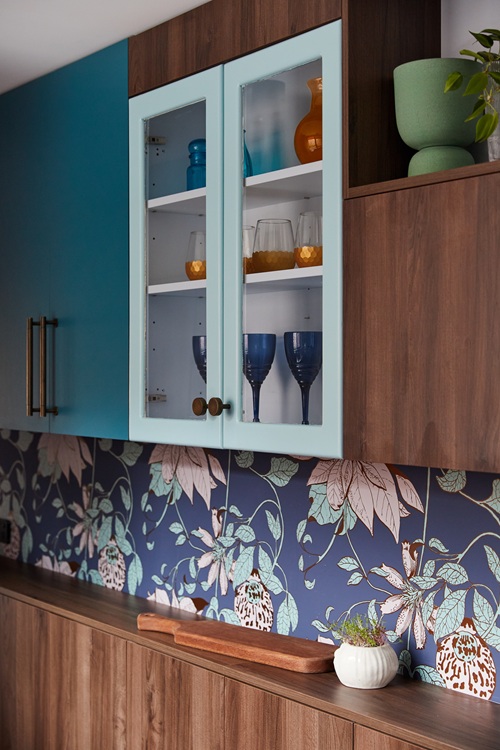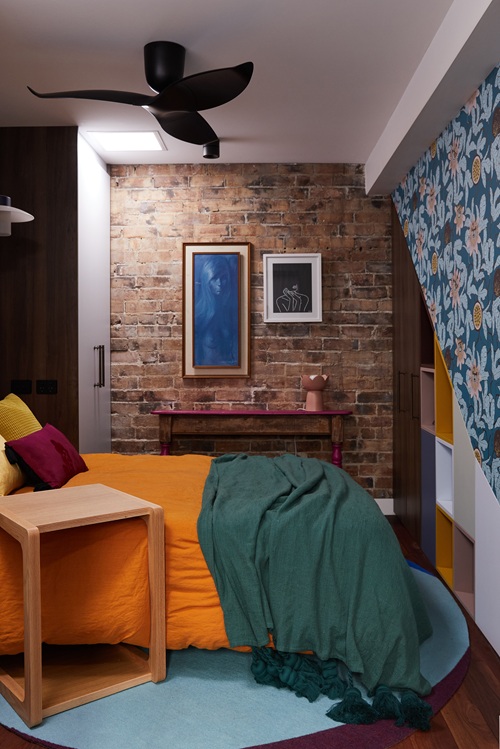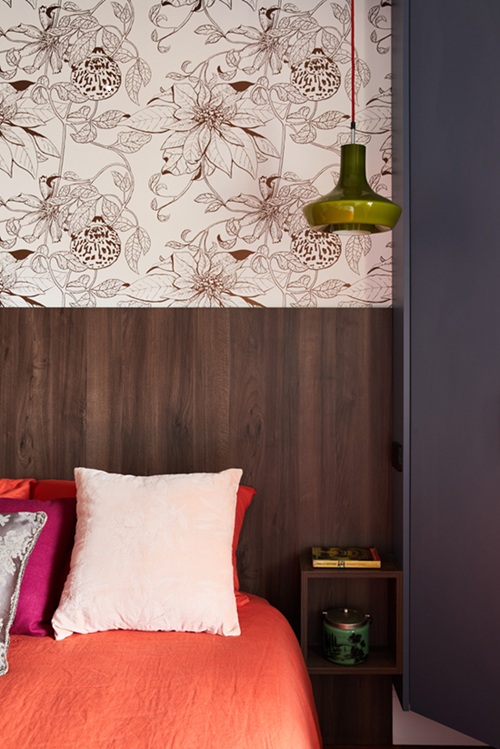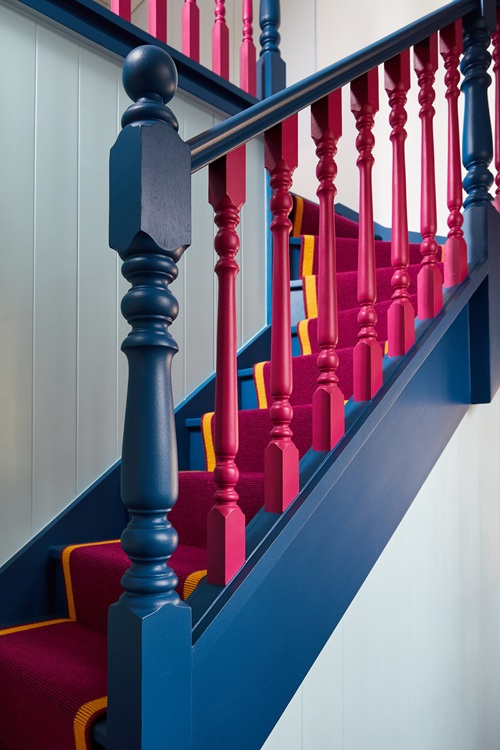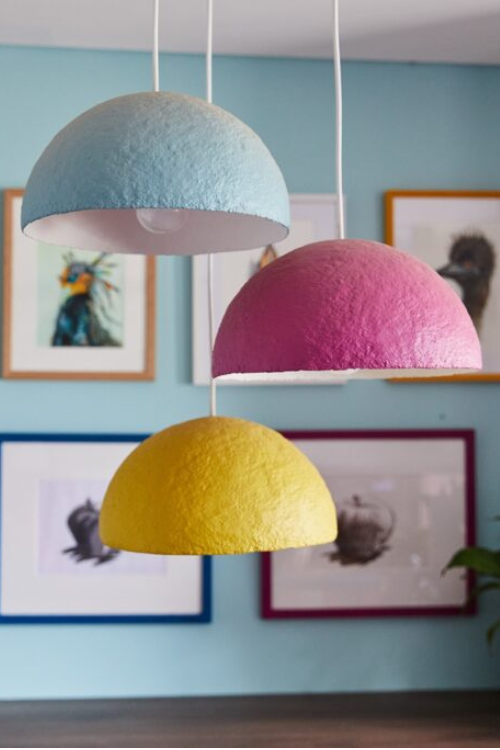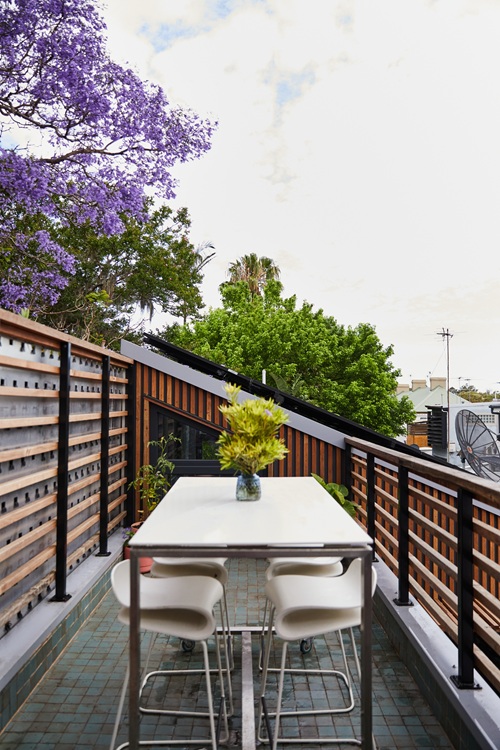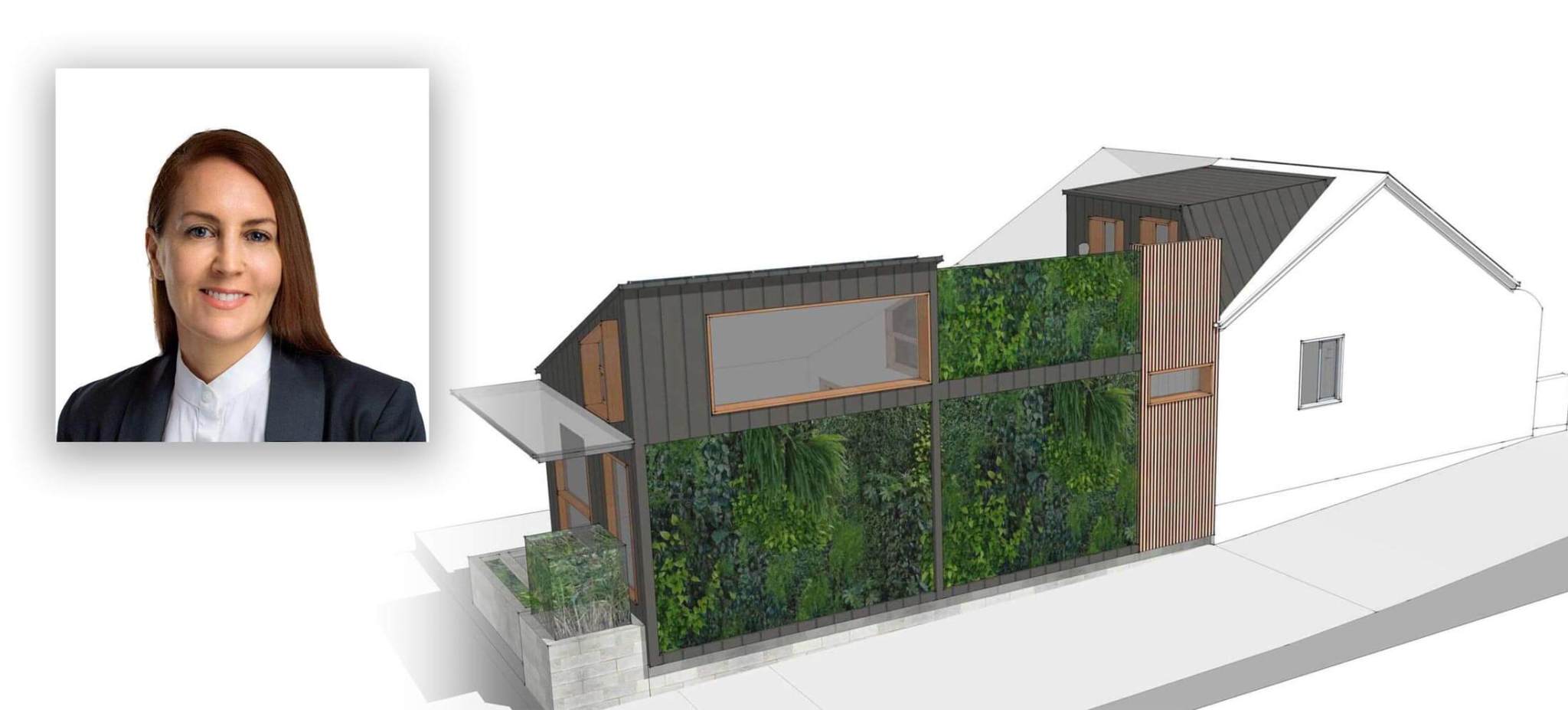Welcome to
The ImPossible House
My Blueprint for Sustainable City Living
A free resource to sustainable house design and off-grid living in the city
Follow my journey on Facebook and Instagram
The Impossible House aims to:
Ultimately, my desire is to help others achieve their sustainable and/or off-grid dreams without going through the pain I’ve endured to achieve mine.
My aim is to provide resources and connections that help others find like-minded contractors and professionals without having to explain over and over and over again why building this way is important. Building a house is difficult enough without having to justify wanting to live sustainably. So, regardless of whether you’re here because you wish to see what I’ve done or because you want to copy it or harness the bits that work for you, welcome to the ImPossible House.
My goals are:
- Provide a step-by-step guide for anyone wanting to renovate sustainably in urban areas
- Demonstrate that a sustainable home can be inner-city cool and doesn’t have to look like a hippy log cabin
- Document all the costs, my mistakes, and my successes—I’ll make the mistakes, so you don’t have to!
- Minimise costs. I want sustainable living to be accessible to everyone.
Hello!
My name is Laura Ryan and this is my sustainable house. I’m trying to find a way to live (affordably) off-grid in the middle of the city. I’ve been working on building my house since 2016, and I’ve finally completed it in 2024, despite it being a challenging journey!
I don’t want others to experience what I did, so please use this site as a reference tool for your own sustainable house design.
What I’m doing
The ImPossible House is turning an old workers’ cottage in Sydney’s inner west into a fully off-grid sustainable house, documenting the whole project so anyone can copy it. Download my factsheet for a quick summary.
Why I’m doing it
Because we’re in a climate emergency (yes really! – the climate scientists have told us so) and if we all don’t start to reduce our carbon footprint, we’ll have to deal with things like more frequent and fierce bushfires.
How I’m doing it
The team I’ve collated are using a combination of Passivehaus building principles, off-grid waste, water, and solar solutions with sustainable interior design. Together, they make the ImPossible House.
Hot Topics
- Check out our Media Page for all our interviews, articles and videos.
- We are calling for EOI to design a residential water recycling system. Details here.
- And while you’re here….please sign our letter asking Inner West Council to consider letting me install solar panels on my front roof.
As Seen On
Free Sustainable House Design Resources
- See the solutions I’ve found: Building & Design, Energy, water system, sewage & waste, interior design
- Check out my Step-by-step guide
Frequently Asked Questions
1. What's the difference between a sustainable house and an off grid house?
A sustainable house and an off-grid house, while both champions of eco-friendly living, serve distinct purposes. A sustainable home focuses on reducing its environmental footprint through energy-efficient designs, materials, and technologies, ensuring minimal harm to the environment over its lifecycle. On the other hand, an off-grid house is designed to operate independently of public utility services, relying on alternative sources like solar panels and rainwater collection. At The ImPossible House, Dr. Laura Ryan harmoniously marries these two concepts. Nestled in Sydney’s inner west, her home stands as a beacon of sustainable house design which aims to go completely off-grid. The ImPossible House dispels common misconceptions and sets a new paradigm in eco-conscious urban living.
2. Is there any difference between a sustainable house and an eco house?
While the terms ‘sustainable house’ and ‘eco house’ are often used interchangeably, important differences distinguish them. A sustainable house prioritises durability by ensuring that the materials and practises employed in its design and construction leave the least amount of environmental imprint possible during its existence. This might range from energy-efficient appliances to the durability of construction materials. On the other hand, an eco home places environmental friendliness first and foremost, frequently using recycled or natural materials, renewable energy sources, and environmentally friendly processes. It is important to emphasise, however, that a sustainable dwelling contains numerous eco-friendly features by definition. The ImPossible House encompasses both, demonstrating how homes may be created with sustainable principles while honouring eco-centric ideals, therefore creating a new standard for future home builders.
3. Why should I build a sustainable house?
Building a sustainable home is more than a passing trend; it is a commitment to a better future. By choosing a sustainable house design, you may reduce your environmental effect, reduce your energy usage, and even save money on your utility bills in the long term. Such homes use renewable energy sources, eco-friendly materials, and designs in tune with nature. However, the advantages are not only monetary. Living in a sustainable house gives you a sense of satisfaction and fulfilment since you’re part of a greater global movement towards environmental stewardship. The ImPossible House is an excellent illustration of how sustainable home practices may be easily incorporated even in urban environments. By adopting sustainable living ideas, you are creating a legacy of responsibility, innovation, and respect for our world.
4. Can you build a sustainable off grid house anywhere?
While the appeal of building a sustainable off-grid home can be attractive, feasibility differs depending on geographical, climatic, and regulatory conditions. In terms of natural resources, places with plenty of sunlight and wind are ideal for harnessing solar and wind energy. However, technological improvements are making it easier to adapt to less-than-ideal situations. High-capacity batteries, for example, can compensate for inconsistent power sources, and rainwater collection can be efficient even in drier climates. Legally, some urban locations may have building codes and regulations that make off-grid endeavours difficult. It is essential to conduct preliminary investigations and obtain the relevant approvals. The ImPossible House, located in the heart of Sydney, is a testimony to overcoming imagined barriers and leading by example. So, while there may be hurdles based on location, creating a sustainable off-grid dwelling is possible in various situations with creativity, determination, and expert advice.
5. How hard is it to build off grid in an urban (city) area?
Building an urban off-grid home presents unique challenges compared to rural off-grid projects. Space is often limited in cities, regulations can be more stringent, and sourcing sustainable materials can take time and effort. However, as The ImPossible House demonstrates, overcoming these obstacles is entirely possible. Dr. Laura Ryan’s journey in Sydney’s inner west proves that achieving an urban off-grid lifestyle is not only possible but can set a precedent for sustainable living in bustling cities around the world. With determination, thoughtful design, and innovative solutions, The ImPossible House demonstrates how modern conveniences can coexist with off-grid principles in urban environments, redefining the future of eco-conscious urban living.
6. Does living off the grid mean I have to give up living in a beautiful home?
A common misconception about off-grid living is that it requires a compromise on aesthetics, with homes appearing rugged or makeshift. However, off-grid living is not synonymous with foregoing beauty or style. With advancements in sustainable technology and innovative architectural designs, it’s entirely possible to have an off-grid home that is both functional and visually stunning. The ImPossible House is a shining example of this. Dr. Laura Ryan’s venture into off-grid living in Sydney’s inner west breaks the mold of traditional perceptions, showcasing that one can enjoy the benefits of sustainable living without sacrificing aesthetic appeal. Through thoughtful design and planning, off-grid living can be a harmonious blend of eco-consciousness and modern elegance, redefining the standards of sustainable urban residences.
7. How do you start building a sustainable off grid house? What do I need to think about?
Embarking on a sustainable building journey for an off-grid house requires meticulous planning and foresight. The first step involves partnering with your architect to understand your land’s potential: evaluating the natural resources available, like sunlight and water. This assessment will guide decisions regarding the orientation of the building, solar panels, , and water harvesting systems. A crucial aspect of sustainable building is the choice of materials. Opt for eco-friendly, locally sourced, and recycled materials that reduce the carbon footprint of your construction. Energy efficiency is paramount, so consider insulation, passive solar design, and energy-efficient appliances.
Furthermore, developing a reliable energy storage solution, like batteries, is vital for an off-grid house to ensure a consistent power supply. Waste management, including composting toilets and greywater systems, can also play a role. The ImPossible House serves as an inspiring template, illustrating that with the right considerations, sustainable building can pave the way for a self-sufficient and eco-conscious lifestyle without compromising on modern comforts. For a deeper dive into the intricacies of sustainable off grid house design, the ImPossible House’s dedicated step-by-step guide offers a wealth of knowledge and practical tips.
8. How much do sustainable off-grid houses cost to build?
The cost of constructing an off-grid house can vary greatly depending on location, design intricacy, and material selection. The allure of sustainability frequently raises concerns about financial viability. In essence, off-grid building examples illustrate a range of budgets, from minimalist, cost-effective designs to more luxurious, technologically advanced structures. While the initial expenditure may appear larger than traditional dwellings, the long-term savings in utility costs and environmental advantages frequently outweigh the costs. Dr. Laura Ryan’s journey with the ImPossible House reflects this mix of sustainability, aesthetic appeal, and cost-consciousness. Visit our dedicated projections and costs page for a complete overview of costs connected with constructing a sustainable off-grid home and real-world insights. It provides a deep look at financial factors and concrete examples.

